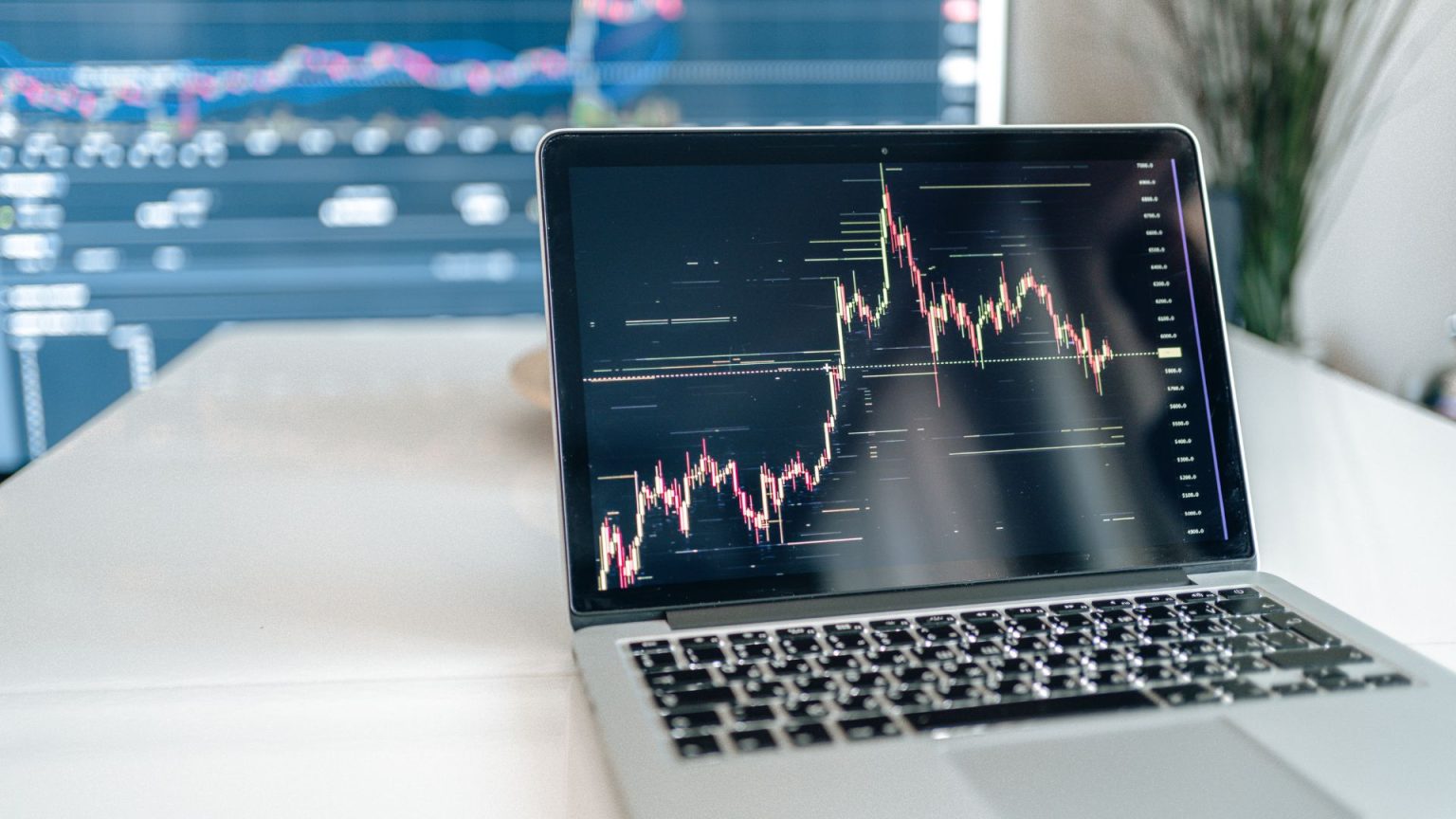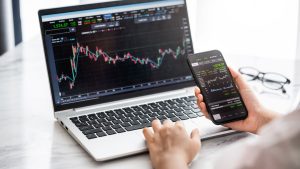If you’ve ever wondered why the market feels fast and volatile during some hours and slow and quiet during others, it all comes down to global trading sessions. The crypto market runs 24/7, but forex and traditional finance have well-defined sessions, each with its own “personality.”
Knowing when these trading zones are active can give you a major edge. Let’s break down the four key trading sessions and what makes them unique.
🕰 Sydney Session (Asian Open)
- Time (EST): 5:00 PM – 2:00 AM
- Market Character: Slow start, lower volatility, “warm-up” for the week.
- Best Pairs/Assets: AUD/USD, NZD/USD, AUD/JPY (due to Australian and New Zealand news releases).
What to Expect:
- This session often sets the tone for the day, especially after a weekend.
- Liquidity is lower, which means moves are slower and spreads can be wider.
- Good for beginners practicing structure recognition without extreme volatility.
🕰 Tokyo Session (Asian Session)
- Time (EST): 7:00 PM – 4:00 AM
- Market Character: Moderate liquidity, news-driven.
- Best Pairs/Assets: JPY pairs (USD/JPY, EUR/JPY), Asian stock indexes, BTC/JPY.
What to Expect:
- The Japanese Yen dominates this session as Tokyo is Asia’s financial hub.
- Often sees consolidation before bigger moves in London.
- Good for range traders, as breakouts are less frequent than in London/NY.
🕰 London Session (European Session)
- Time (EST): 3:00 AM – 12:00 PM
- Market Character: High liquidity, sharp moves, trending opportunities.
- Best Pairs/Assets: EUR/USD, GBP/USD, GBP/JPY, Gold (XAU/USD), BTC/USDT.
What to Expect:
- London is the largest forex trading hub in the world.
- News from the Eurozone and UK can cause significant volatility.
- Great for trend traders—major moves often begin here and carry into New York.
🕰 New York Session (U.S. Session)
- Time (EST): 8:00 AM – 5:00 PM
- Market Character: Extremely volatile during overlap with London, then cools later.
- Best Pairs/Assets: USD pairs (EUR/USD, GBP/USD, USD/JPY), Dow Jones (DJI), S&P 500, Bitcoin/USD.
What to Expect:
- Big price swings due to U.S. economic releases (CPI, NFP, FOMC, etc.).
- Overlap with London (8:00 AM – 12:00 PM EST) is the most liquid, volatile time of the day.
- Later in the afternoon, volatility cools as liquidity tapers off.
🔑 Session Overlaps: Where the Action Happens
- London + Tokyo Overlap (3:00 AM – 4:00 AM EST): Smaller overlap, often creates early breakouts.
- London + New York Overlap (8:00 AM – 12:00 PM EST): The most volatile period of the trading day, ideal for day traders.
💡 How Beginners Can Use This Knowledge
- Pick a Session That Fits Your Lifestyle
If you’re in the U.S., London/NY overlap may work best. If you’re in Asia, Tokyo or Sydney sessions may be more realistic. - Trade the Right Pairs at the Right Time
Stick to pairs most active in their home session (e.g., AUD/NZD in Sydney, GBP/EUR in London, USD in New York). - Be Patient Outside Peak Hours
During Sydney or late NY, price may consolidate. Don’t force trades in low-volatility conditions.
Final Thoughts
Each trading session has its own rhythm. Beginners who understand when liquidity and volatility peak can avoid false moves and trade more effectively.
The key is not to trade every session, but to master one that matches your schedule, personality, and trading style.
Trade Sessions With Clarity at EPIQ
At EPIQ Trading Floor, we break down global sessions daily with:
- ✅ Session-by-session trade alerts (crypto, forex, and gold)
- ✅ Volume scanners showing where liquidity is building
- ✅ Macro dashboards with session news & volatility maps
- ✅ A community to guide you on when to avoid chop and when to pounce
👉 Start your 3-day free trial today and trade sessions like a pro.
Disclaimer: This blog is for educational purposes only and not financial advice.










Responses